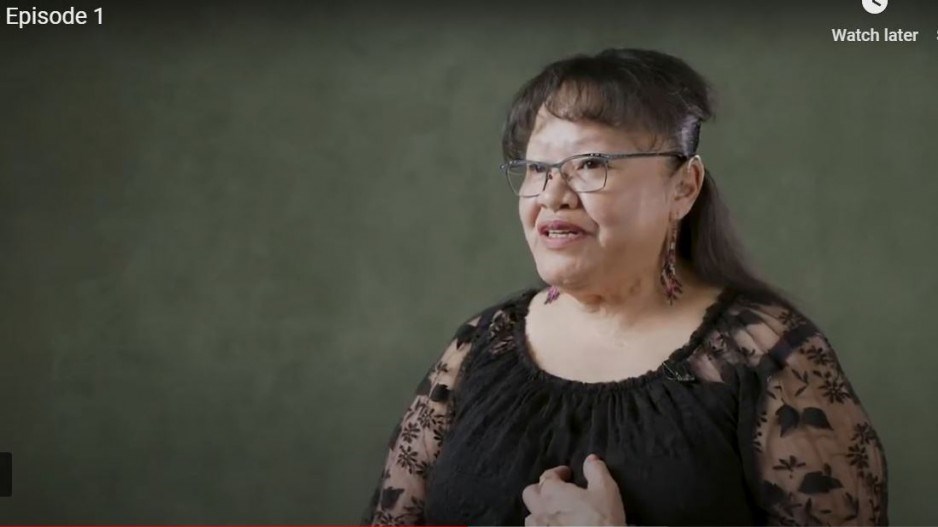First Nations will have a greater say on how resource projects like mines and pipelines get approved under the new federal Impact Assessment Act, but understanding how to capitalize on some of the new powers it grants them is going to take some homework.
To help First Nations understand their new powers and respsonsibilities the First Nations Major Projects Coalition has published a new 145-page technical guidelines and series of video tutorials on the Impact Assessment Act (IA) and how it differs from the old Canadian Environmental Assessment Act (CEAA) that it replaces.
The new act came into force last year. It strengthens the role of First Nations in environmental assessments. In some cases, it may even delegate parts of the assessment authority to self-governing First Nations, although the FNMPC expects that will be “rare.”
The guide is intended for technical and legal staff in First Nations communities, although Angel Ransom, director of operations for the FNMPC, also urges industry to read it.
"It is geared for technicians within the community level, but it is also useful in providing some external, outward looking guidance to industry on ideas and ways that they may want to engage early," Ransom said.
First Nations across Canada have increasingly become active partners in major resource projects – from oil sands operations, to pipelines and LNG projects -- and industry has learned that the key to success in dealing with First Nations is to start the engagement process early on.
By becoming active partners in projects, some First Nations have sought to increase their influence on how projects develop and provide more economic benefits to First Nations workers and businesses. It is expected the new IA may provide even more incentive for First Nations to become active partners, rather than just intervenors.
"This tool is working towards reconciliation and recognizing Indigenous people as true partners, as opposed to mere stakeholders," Ransom said.
One thing the new IA does is bring First Nations to the table early on in the planning phase, when a review is being set up.
“Under the previous CEAA 2012, there was no formal opportunity for First Nations to review project proposals in the early planning phase of the assessment process,” the FNMPC guides states. “The new IA includes a mandatory 180-day phase for early planning and engagement between the project proponent, the federal agency and affected Indigenous people.
“This means the project proponent and the agency must engage with Indigenous Nations as soon as possible to identify and discuss issues of concern related to project design, as well as receive Indigenous Nations’ input on the design of the IA process itself.
“Although the IA process does not grant Indigenous Nations a direct role in decision-making, these new factors elevate the importance of Indigenous Nations’ assessment of project impacts on the nation’s rights, territory, interests and well-being.”
There are sections in the act that allow for delegation of authority for assessments to governing First Nations. For example, in B.C., under the new IA process, parts of the review process could be delegated to self-governing First Nations, like the Nisga’a. The Nisga’a are self-governing through treaty.
“There is currently only a relatively small number of Indigenous Nations that, under the legislation, may qualify as a jurisdiction and could entertain the idea of leading an IA process extensive enough to cover off all of the federal government’s requirements for substitution or delegation. Because of this, the option will likely be rarely be made available.”
Ransom points to the Woodfibre LNG project as a good example of industry itself agreeing to be guided by an environmental review undertaken by a First Nation. In that case, the company agreed to all the recommendations made by the Squamish First Nation.




